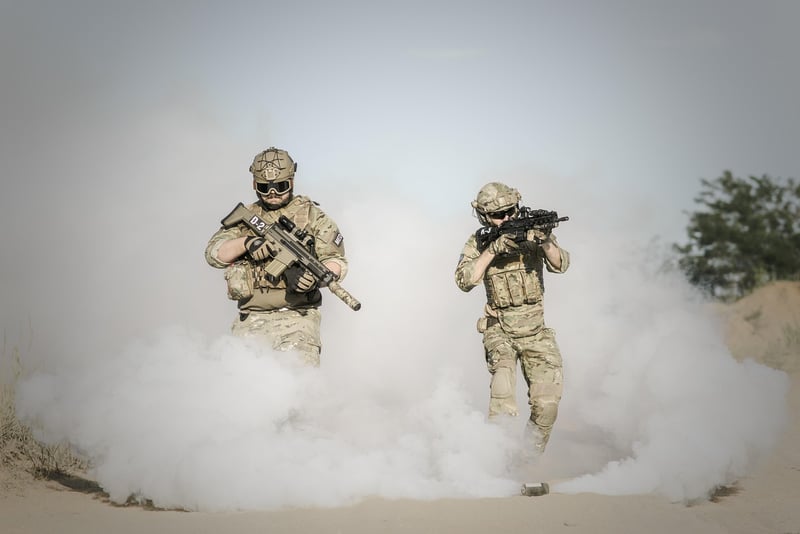Conflict Resolution
Master the Art of Leading and Conflict Resolution
Effective leadership and conflict resolution skills are critical in today's dynamic work environment. Leaders who can navigate conflicts with finesse not only foster a positive workplace culture but also drive productivity and innovation. Let's explore how you can master the art of leading and conflict resolution.
Understand Your Leadership Style
Before delving into conflict resolution, it's essential to understand your leadership style. Are you a visionary leader who inspires others with a clear direction, or perhaps a democratic leader who values team input? Knowing your style will help you approach conflicts in a way that aligns with your strengths.
Develop Strong Communication Skills
Communication is key to effective leadership and conflict resolution. Practice active listening, empathize with others' perspectives, and communicate clearly and assertively. By fostering open communication, you can prevent conflicts from escalating and resolve them proactively.
Embrace Constructive Conflict
Not all conflicts are negative. Constructive conflict, when managed well, can lead to better decision-making and innovation. Encourage healthy debates within your team and provide a safe space for differing opinions. By embracing constructive conflict, you can harness its benefits for organizational growth.
Use Conflict Resolution Strategies
When conflicts arise, having a toolkit of resolution strategies is invaluable. From active listening and mediation to negotiation and compromise, different situations may require different approaches. By being flexible in your conflict resolution methods, you can effectively address diverse conflicts.
Lead by Example
As a leader, your actions speak louder than words. Demonstrate integrity, transparency, and fairness in your dealings with others. By modeling positive conflict resolution behaviors, you set a precedent for your team to follow, fostering a culture of respect and collaboration.
Seek Continuous Learning
Leadership and conflict resolution are skills that can always be honed. Stay updated on best practices, attend workshops or seminars, and seek feedback from mentors or colleagues. Embrace a growth mindset and continuously strive to improve your leadership and conflict resolution capabilities.
Conclusion
Mastering the art of leading and conflict resolution takes time and effort, but the benefits are invaluable. By understanding your leadership style, honing your communication skills, embracing constructive conflict, using effective resolution strategies, leading by example, and seeking continuous learning, you can become a formidable leader who navigates conflicts with grace and achieves organizational success.


